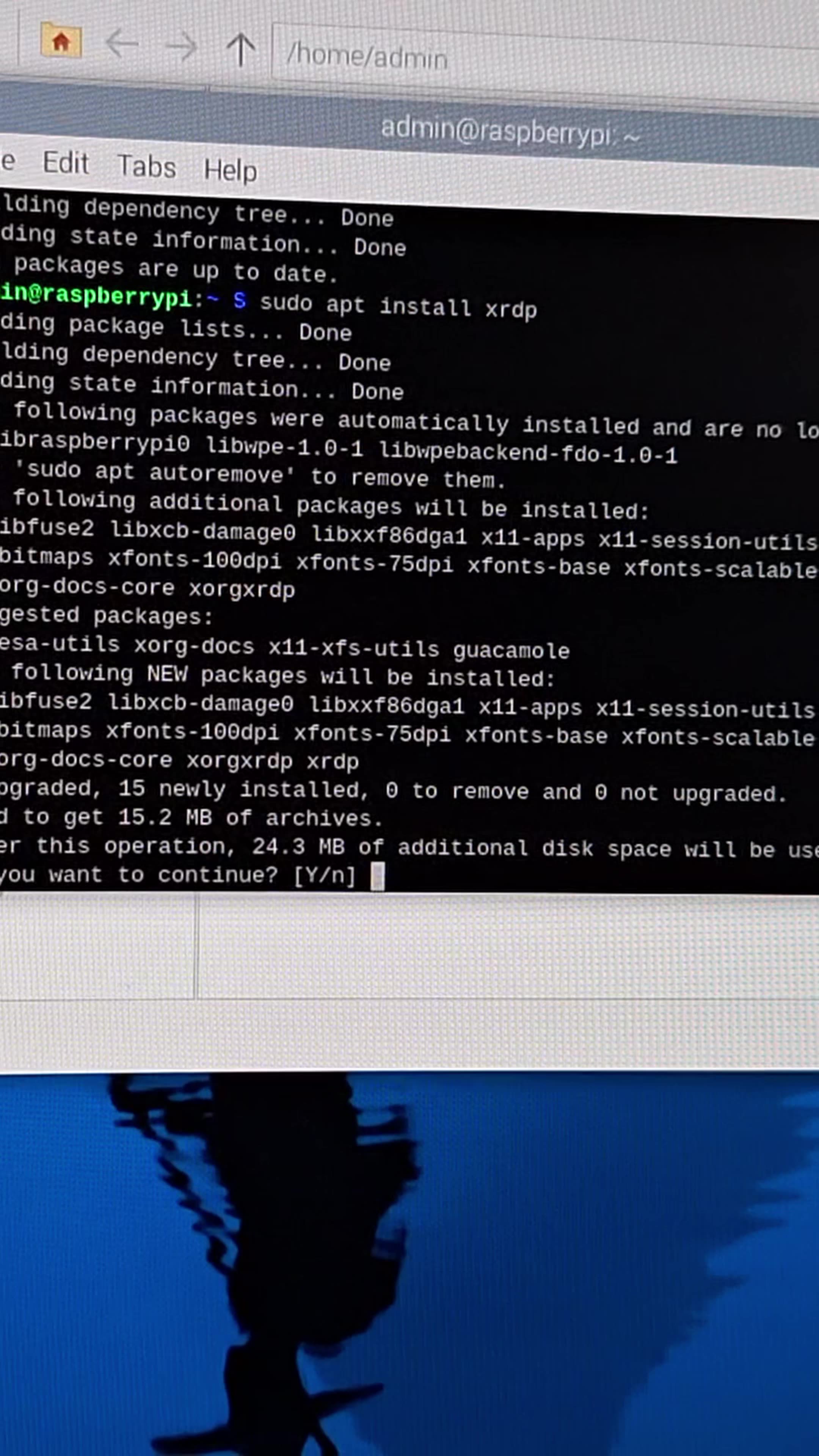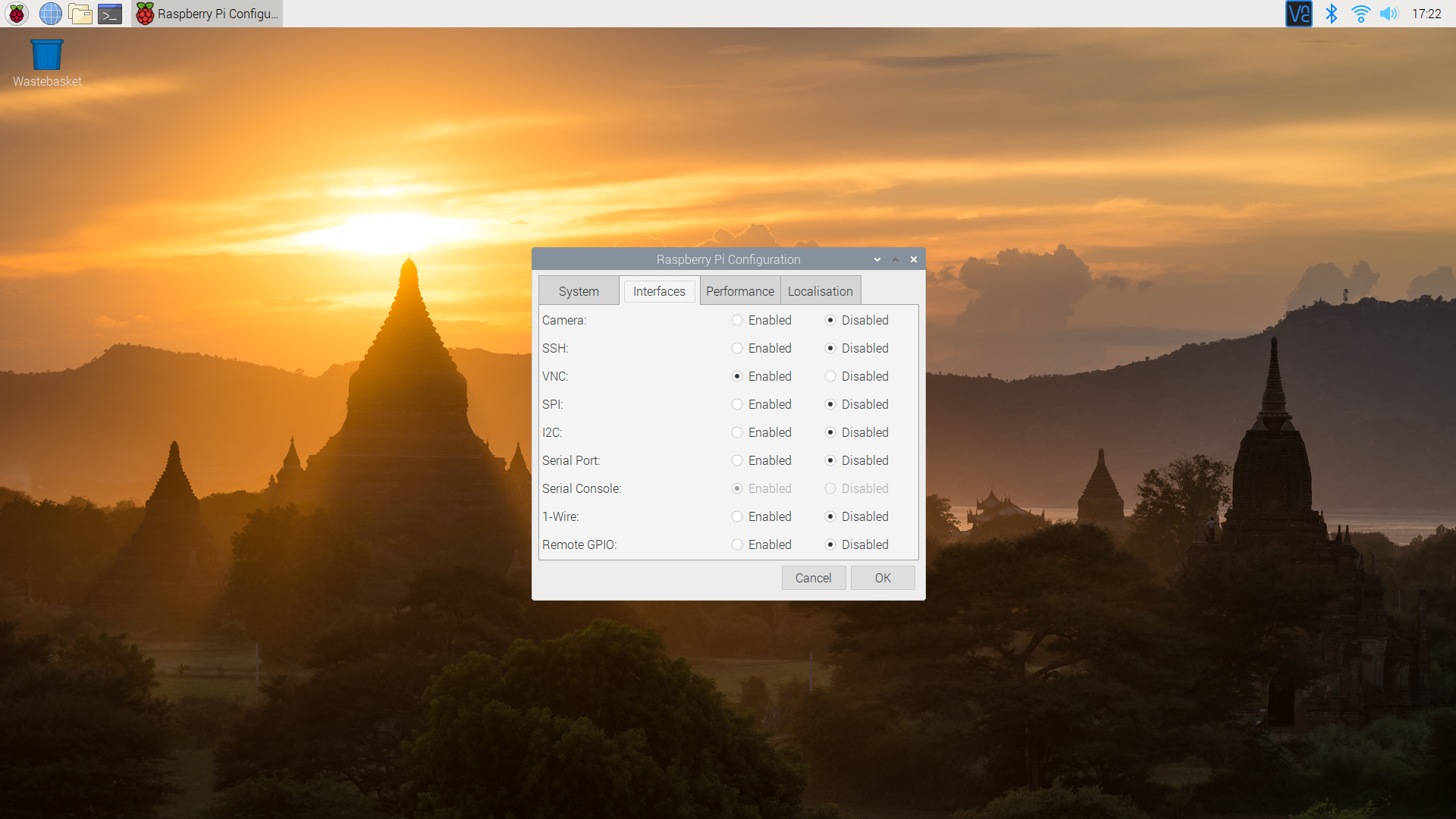Remote access Raspberry Pi? Yeah, it's a game-changer! Imagine controlling your little Pi from anywhere in the world, like a tech wizard casting spells over the internet. Whether you're a hobbyist, a developer, or just someone who loves tinkering with gadgets, this skill is essential. And guess what? It's not as complicated as it sounds. Stick around, and I'll break it down step by step, so even a noob can get it done.
First things first, why remote access? Well, imagine this: you're chilling on your couch, sipping coffee, and you need to check something on your Raspberry Pi that's tucked away in your garage. Instead of getting up and walking over, you can log in remotely and do your thing from the comfort of your favorite chair. Sounds sweet, right?
Now, before we dive deep into the nitty-gritty, let me set the stage. Remote access isn't just about convenience; it's also about expanding the capabilities of your Raspberry Pi. You can use it for home automation, remote monitoring, or even as a server for your personal projects. So, buckle up because we're about to embark on a tech adventure that'll level up your Pi game!
- Fred Gwynne Movies And Tv Shows The Iconic Journey Of A Legendary Actor
- When Nba Was Created The Untold Story Of Basketballs Greatest League
What You Need to Get Started
Before we jump into the how-to, let's talk about what you'll need. Don't worry; it's not rocket science. Here's a quick rundown:
- Raspberry Pi (duh!) - Any model will do, but newer ones have better performance.
- A stable internet connection - You can't remote access without it, obviously.
- An SSH client - We'll talk about this in detail later, but basically, it's the tool that lets you connect to your Pi.
- A static IP or dynamic DNS - This helps you find your Pi on the network.
- A little bit of patience - Tech stuff sometimes takes a bit of troubleshooting, but we've got your back!
Got all that? Good. Now let's move on to the fun part!
Understanding SSH: The Gateway to Remote Access
SSH, or Secure Shell, is the backbone of remote access for Raspberry Pi. Think of it as a secure tunnel that lets you communicate with your Pi from afar. It encrypts your data, so no one can snoop on your activities. Pretty cool, huh?
- Emilys Friends A Deep Dive Into Her Inner Circle And Their Impact
- Don Johnson Melanie Griffith A Hollywood Love Story That Stood The Test Of Time
Why SSH Rocks for Raspberry Pi
SSH isn't just about security; it's also super versatile. Here are a few reasons why it's the go-to method for remote access:
- It's built into Raspberry Pi OS, so no extra software to install.
- You can use it on any device with an SSH client, whether it's a laptop, phone, or tablet.
- It's reliable and fast, even over slow internet connections.
So, if you're wondering how to remote access Raspberry Pi, SSH is your answer. Now, let's see how to set it up!
Setting Up SSH on Your Raspberry Pi
Setting up SSH is a breeze, and I'll walk you through it step by step. First, you'll need to enable SSH on your Pi. Here's how:
1. Boot up your Raspberry Pi and log in.
2. Open the terminal. You know, that black screen with green text that makes you feel like a hacker.
3. Type this command and hit enter: sudo raspi-config
4. Use the arrow keys to navigate to "Interfacing Options" and press Enter.
5. Select "SSH" and enable it. Easy peasy!
Once you've enabled SSH, your Pi is ready to accept remote connections. But wait, there's more!
Assigning a Static IP Address
Assigning a static IP address is like giving your Pi a permanent home on your network. It makes it easier to connect to your Pi without worrying about its IP changing every time you reboot. Here's how to do it:
Step 1: Find Your Current IP
Open the terminal and type: ifconfig. Look for the "inet" address under the wlan0 or eth0 section. That's your Pi's current IP address.
Step 2: Set a Static IP
Edit the dhcpcd.conf file by typing: sudo nano /etc/dhcpcd.conf. Scroll to the bottom and add these lines:
- interface eth0
- static ip_address=192.168.1.100/24
- static routers=192.168.1.1
- static domain_name_servers=192.168.1.1
Replace the IP addresses with ones that fit your network. Save and exit, then reboot your Pi.
Using Dynamic DNS for Easy Access
Dynamic DNS, or DDNS, is a lifesaver if your ISP gives you a dynamic public IP. It assigns a domain name to your IP, so you don't have to remember a bunch of numbers. Here's how to set it up:
Step 1: Sign Up for a DDNS Service
There are plenty of free DDNS services out there. No-IP and DuckDNS are popular choices. Sign up and create a hostname for your Pi.
Step 2: Configure Your Router
Log into your router and find the DDNS settings. Enter the details provided by your DDNS service. Your router will now update the DDNS service whenever your public IP changes.
Connecting to Your Raspberry Pi Remotely
Now that everything's set up, it's time to connect to your Pi from another device. Here's how to do it:
Using PuTTY on Windows
1. Download and install PuTTY from the official website.
2. Open PuTTY and enter your Pi's IP address or DDNS hostname in the "Host Name" field.
3. Set the port to 22 and select "SSH" under "Connection type."
4. Click "Open" and log in with your Pi's username and password.
Using Terminal on macOS/Linux
1. Open the terminal on your Mac or Linux machine.
2. Type: ssh pi@your-pi-ip or ssh pi@your-ddns-hostname.
3. Enter your Pi's password when prompted.
Boom! You're now connected to your Raspberry Pi from anywhere in the world.
Troubleshooting Common Issues
Let's face it; things don't always go as planned. Here are some common issues and how to fix them:
- Can't Connect to Pi: Double-check your IP address and ensure SSH is enabled.
- Connection Refused: Make sure your router allows incoming SSH connections on port 22.
- Authentication Failed: Verify your username and password are correct.
If none of these work, try rebooting your Pi and router. Sometimes, a fresh start is all it needs.
Advanced Tips for Power Users
Once you've mastered the basics, you can take your remote access skills to the next level. Here are a few advanced tips:
Setting Up a Firewall
A firewall adds an extra layer of security to your Pi. Use the UFW (Uncomplicated Firewall) tool to block unwanted traffic and only allow SSH connections.
Using SSH Keys for Passwordless Login
SSH keys eliminate the need for passwords, making your login faster and more secure. Generate a key pair on your client machine and copy the public key to your Pi.
Conclusion: Your Raspberry Pi Awaits
And there you have it, folks! You now know how to remote access Raspberry Pi like a pro. From setting up SSH to using DDNS, you've got all the tools you need to control your Pi from anywhere. Remember, practice makes perfect, so don't be afraid to experiment and tweak things to suit your needs.
So, what are you waiting for? Grab your Pi, follow these steps, and start exploring the world of remote access. And don't forget to share your experiences in the comments below. Who knows? You might just inspire someone else to join the Pi party!
Table of Contents
- What You Need to Get Started
- Understanding SSH: The Gateway to Remote Access
- Setting Up SSH on Your Raspberry Pi
- Assigning a Static IP Address
- Using Dynamic DNS for Easy Access
- Connecting to Your Raspberry Pi Remotely
- Troubleshooting Common Issues
- Advanced Tips for Power Users
- Conclusion: Your Raspberry Pi Awaits



Detail Author:
- Name : Nyah Casper MD
- Username : qfisher
- Email : collins.tyra@hotmail.com
- Birthdate : 2003-07-09
- Address : 11214 Morgan Orchard Bergeberg, VT 28354
- Phone : 605-510-5122
- Company : Kerluke-Marks
- Job : Photographic Reproduction Technician
- Bio : Exercitationem aut odit et dignissimos. Architecto non dolor labore aliquid magnam. Veritatis laboriosam soluta cupiditate et fugiat tenetur et.
Socials
instagram:
- url : https://instagram.com/thuel
- username : thuel
- bio : Blanditiis voluptas quae neque ut. Omnis repellendus sit assumenda at. Molestiae ut eum est labore.
- followers : 3802
- following : 465
twitter:
- url : https://twitter.com/huelt
- username : huelt
- bio : Non delectus illum sed dolores quisquam quae numquam voluptates. Quisquam quia est molestias aliquid et quis nobis. Voluptas et hic odio ex.
- followers : 972
- following : 1840
facebook:
- url : https://facebook.com/huelt
- username : huelt
- bio : Impedit adipisci reiciendis rem tempore dolore eos.
- followers : 5353
- following : 1311